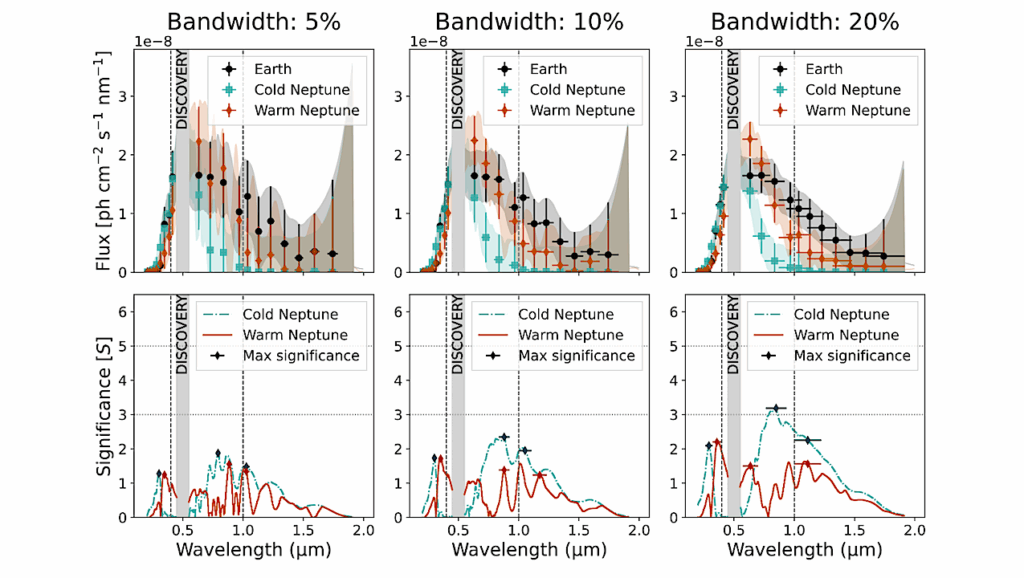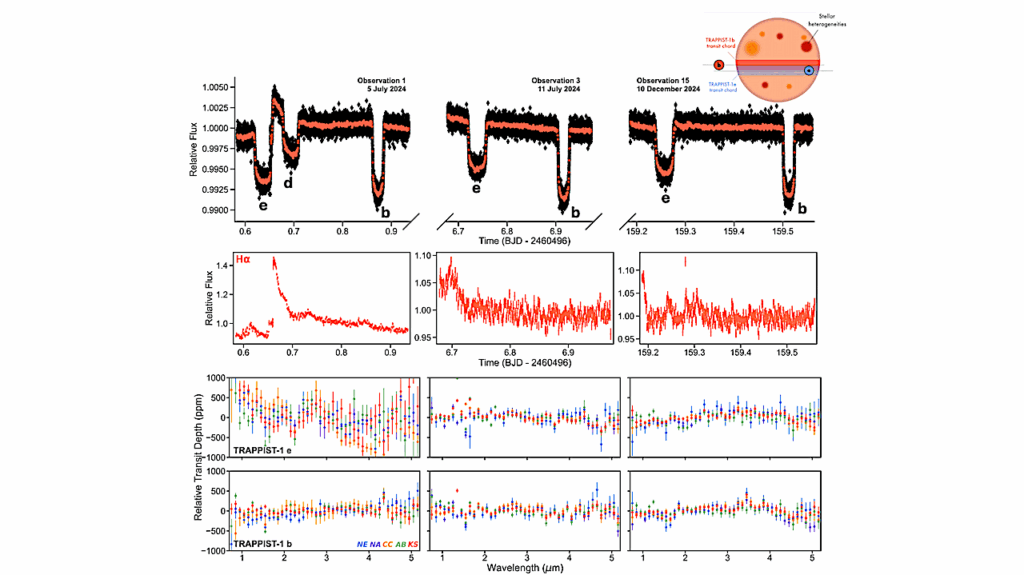Stellar Cosmic Rays in a Habitable Zone

According to recent observations relative number of flare stars does not change very much from cool dwarfs to hot A stars.
Flare energies are strongly correlated with stellar luminosity and radius. Whence it follows that the typical magnetic field associated with a flare is several tens gauss and the typical flare loop length-scales are parts of the stellar radius.
Flares on O–B stars were not observed, but they are possible, since strong magnetic fields are detected on O–B stars. Therefore stars of O–M spectral classes are potential sources of cosmic rays. Energy estimates of a magnetic field strength in a tube in photospheres of O–M stars are performed. Basing on their values possible flare energies and numbers of accelerated protons are estimated. The values obtained for the Sun correspond to observations by order of magnitude that justify estimates for other stars.
Values of magnetic field strength in a tube differ less than five times for O and M flares (700 and 3500~G), but corresponding flare energies and numbers of accelerated protons for O stars are greater by five orders. Contrary fluencies of stellar protons appear to be five orders less.
Alexei Struminsky, Andrei Sadovski
(Submitted on 24 Apr 2017)
Subjects: Solar and Stellar Astrophysics (astro-ph.SR)
Cite as: arXiv:1704.07064 [astro-ph.SR] (or arXiv:1704.07064v1 [astro-ph.SR] for this version)
Submission history
From: Andrei Sadovski
[v1] Mon, 24 Apr 2017 07:28:35 GMT (17kb)
http://xxx.lanl.gov/abs/1704.07064
Astrobiology








